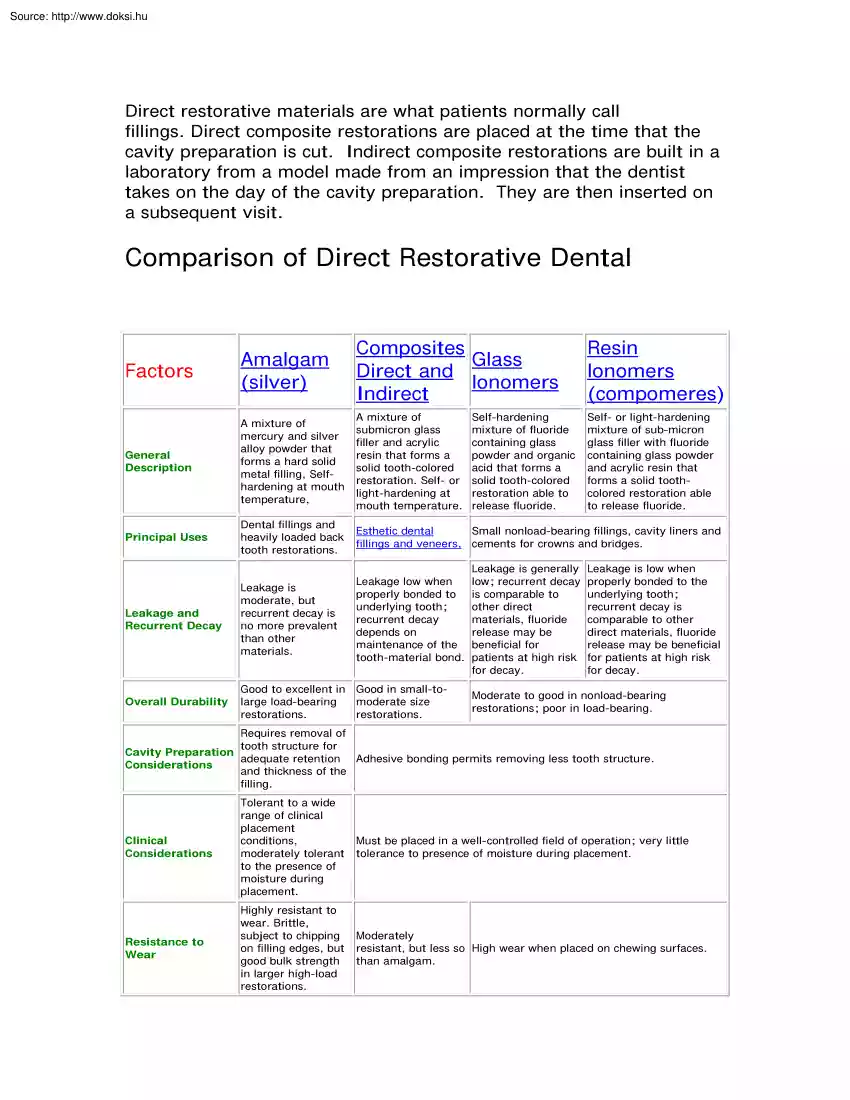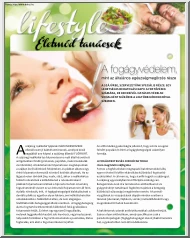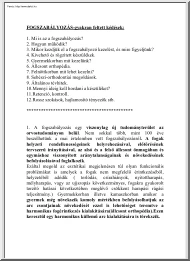Datasheet
Year, pagecount:2004, 2 page(s)
Language:English
Downloads:8
Uploaded:November 25, 2011
Size:27 KB
Institution:
-
Comments:
Attachment:-
Download in PDF:Please log in!
Comments
No comments yet. You can be the first!
Most popular documents in this category
Content extract
Direct restorative materials are what patients normally call fillings. Direct composite restorations are placed at the time that the cavity preparation is cut. Indirect composite restorations are built in a laboratory from a model made from an impression that the dentist takes on the day of the cavity preparation. They are then inserted on a subsequent visit. Comparison of Direct Restorative Dental Factors Amalgam (silver) Composites Glass Direct and lonomers Indirect Resin lonomers (compomeres) General Description A mixture of mercury and silver alloy powder that forms a hard solid metal filling, Selfhardening at mouth temperature, A mixture of submicron glass filler and acrylic resin that forms a solid tooth-colored restoration. Self- or light-hardening at mouth temperature. Self- or light-hardening mixture of sub-micron glass filler with fluoride containing glass powder and acrylic resin that forms a solid toothcolored restoration able to release fluoride. Principal Uses
Dental fillings and heavily loaded back tooth restorations. Esthetic dental Small nonload-bearing fillings, cavity liners and fillings and veneers, cements for crowns and bridges. Leakage and Recurrent Decay Leakage is moderate, but recurrent decay is no more prevalent than other materials. Leakage low when properly bonded to underlying tooth; recurrent decay depends on maintenance of the tooth-material bond. Leakage is generally low; recurrent decay is comparable to other direct materials, fluoride release may be beneficial for patients at high risk for decay. Overall Durability Good to excellent in large load-bearing restorations. Good in small-tomoderate size restorations. Moderate to good in nonload-bearing restorations; poor in load-bearing. Self-hardening mixture of fluoride containing glass powder and organic acid that forms a solid tooth-colored restoration able to release fluoride. Leakage is low when properly bonded to the underlying tooth; recurrent decay is
comparable to other direct materials, fluoride release may be beneficial for patients at high risk for decay. Requires removal of tooth structure for Cavity Preparation adequate retention Adhesive bonding permits removing less tooth structure. Considerations and thickness of the filling. Clinical Considerations Tolerant to a wide range of clinical placement conditions, moderately tolerant to the presence of moisture during placement. Must be placed in a well-controlled field of operation; very little tolerance to presence of moisture during placement. Resistance to Wear Highly resistant to wear. Brittle, subject to chipping on filling edges, but good bulk strength in larger high-load restorations. Moderately resistant, but less so High wear when placed on chewing surfaces. than amalgam. Resistance to Fracture Brittle, subject to chipping on filling edges, but good bulk strength in larger high-load restorations. Biocompatibility Well-tolerated with rare occurrences of
allergenic response Moderate resistance Low resistance to to fracture in highfracture. load restorations. Low to moderate resistance to fracture. Early sensitivity to hot and cold possible. Occurrence of sensitivity highly dependent on ability to adequately bond Low the restoration to the underlying tooth. Esthetics Silver or gray metallic color does not mimic tooth color. Mimics natural tooth color and translucency, but Mimics natural tooth color, but lacks natural can be subject to translucency of enamel. staining and discoloration over time. Relative Cost to Patient Generally lower; actual cost of fillings Moderate; actual cost of fillings depends on size and technique. depends on size. Post-Placement Sensitivity Average Number of Visits to Complete One One for direct fillings; 2+ for One indirect inlays, veneers and crowns. Occurrence of sensitivity highly dependent on ability to adequately bond the restoration to the underlying tooth. One
Dental fillings and heavily loaded back tooth restorations. Esthetic dental Small nonload-bearing fillings, cavity liners and fillings and veneers, cements for crowns and bridges. Leakage and Recurrent Decay Leakage is moderate, but recurrent decay is no more prevalent than other materials. Leakage low when properly bonded to underlying tooth; recurrent decay depends on maintenance of the tooth-material bond. Leakage is generally low; recurrent decay is comparable to other direct materials, fluoride release may be beneficial for patients at high risk for decay. Overall Durability Good to excellent in large load-bearing restorations. Good in small-tomoderate size restorations. Moderate to good in nonload-bearing restorations; poor in load-bearing. Self-hardening mixture of fluoride containing glass powder and organic acid that forms a solid tooth-colored restoration able to release fluoride. Leakage is low when properly bonded to the underlying tooth; recurrent decay is
comparable to other direct materials, fluoride release may be beneficial for patients at high risk for decay. Requires removal of tooth structure for Cavity Preparation adequate retention Adhesive bonding permits removing less tooth structure. Considerations and thickness of the filling. Clinical Considerations Tolerant to a wide range of clinical placement conditions, moderately tolerant to the presence of moisture during placement. Must be placed in a well-controlled field of operation; very little tolerance to presence of moisture during placement. Resistance to Wear Highly resistant to wear. Brittle, subject to chipping on filling edges, but good bulk strength in larger high-load restorations. Moderately resistant, but less so High wear when placed on chewing surfaces. than amalgam. Resistance to Fracture Brittle, subject to chipping on filling edges, but good bulk strength in larger high-load restorations. Biocompatibility Well-tolerated with rare occurrences of
allergenic response Moderate resistance Low resistance to to fracture in highfracture. load restorations. Low to moderate resistance to fracture. Early sensitivity to hot and cold possible. Occurrence of sensitivity highly dependent on ability to adequately bond Low the restoration to the underlying tooth. Esthetics Silver or gray metallic color does not mimic tooth color. Mimics natural tooth color and translucency, but Mimics natural tooth color, but lacks natural can be subject to translucency of enamel. staining and discoloration over time. Relative Cost to Patient Generally lower; actual cost of fillings Moderate; actual cost of fillings depends on size and technique. depends on size. Post-Placement Sensitivity Average Number of Visits to Complete One One for direct fillings; 2+ for One indirect inlays, veneers and crowns. Occurrence of sensitivity highly dependent on ability to adequately bond the restoration to the underlying tooth. One





 When reading, most of us just let a story wash over us, getting lost in the world of the book rather than paying attention to the individual elements of the plot or writing. However, in English class, our teachers ask us to look at the mechanics of the writing.
When reading, most of us just let a story wash over us, getting lost in the world of the book rather than paying attention to the individual elements of the plot or writing. However, in English class, our teachers ask us to look at the mechanics of the writing.